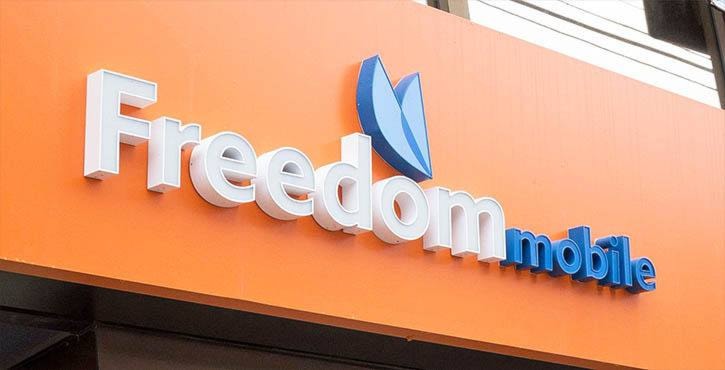Height and health were among the concerns raised at public hearings Tuesday into a new cellphone carrier installing several telecommunication towers around Chilliwack.
 In the end, city council approved development variance permits to allow for eight Freedom Mobile (formerly WIND Mobile) cell towers, three on city property and five on private property.
In the end, city council approved development variance permits to allow for eight Freedom Mobile (formerly WIND Mobile) cell towers, three on city property and five on private property.
A ninth is likely to come up for consideration at a later date for a site at the University of the Fraser Valley.
The company plans a total of 20 wireless telecommunication facilities on public and private land across the city. Of that total, just five are new towers, the other 15 are to go on existing light standards or poles.
One neighbour of a property where a tower is proposed on Yale Road near Little Mountain expressed concern that his view of the mountains will be disrupted.
"This is higher than a 10-storey building," Mike Thomas told council.
Thomas also expressed health concerns from the radiofrequency (RF) emissions the tower will send out, and he was "shocked" by the high number of towers proposed.
"How can we do this to the community?" Thomas asked.
A neighbour of Fairfield Park on Fairfield Island, too, expressed concern about alleged health effects from RF emissions.
Shawn Hoogstra said the park is not a good location for a cell tower.
Speaking as an agent for Freedom Mobile at the meeting was Chad Marlatt who addressed a number of the concerns raised by residents.
The reason for erecting new towers is because, for example, the tower on Little Mountain is "too built up to add to."
City manager of development planning Gillian Villeneuve said also that Rogers and Telus were consulted by the applicant to co-locate telecommunication equipment, but that the two large carriers "were not interested at this time."
As to the sheer number of towers proposed, this is because Freedom Mobile operates on a higher frequency of 2.4 to 2.7 gigahertz that does not penetrate as far as the 800 to 900 megahertz (MHz) used by Rogers and Telus.
"Isn't the point of the higher frequency that the lower is sold out?" Coun. Sue Attrill asked.
"Yes," Marlatt responded. "I should have pointed that out. That is all that is available to [Freedom]."
As to the health concerns raised, Marlatt said Freedom's towers emit RF at levels thousands of times below what is acceptable by Health Canada.
Given some of the visual distractions and concerns from residents, Coun. Sam Waddington asked Marlatt to do "a bit of a sales pitch" to convince council why Chilliwack should allow the Freedom Mobile towers in the city.
Marlatt said he didn't think the towers were overly disruptive at all, and that there will be an economic benefit with jobs at storefronts and with technicians.
"But bigger than that, and reason the Canadian government wanted another carrier to start up, was to bring in a new carrier to bring prices down," he said.
Marlatt claimed new Freedom prices are "probably" 50 per cent lower than the competition.
paul.henderson@theprogress.com
@PeeJayAitch
